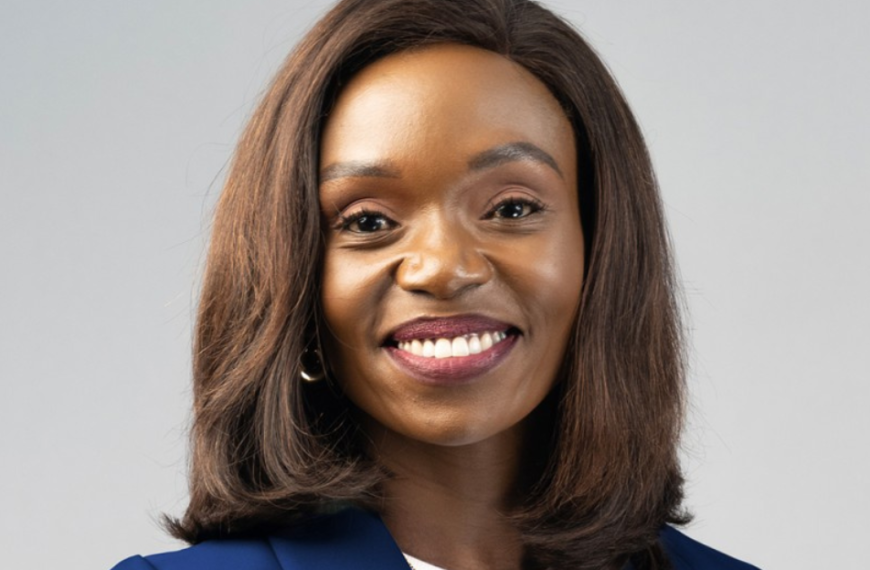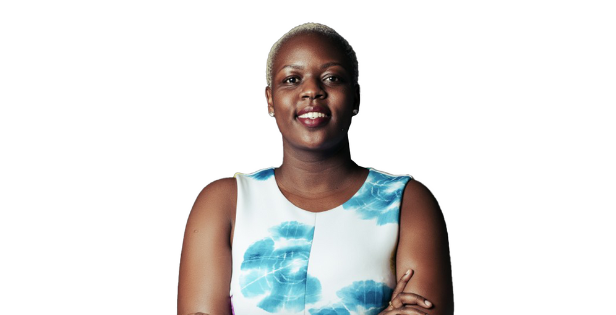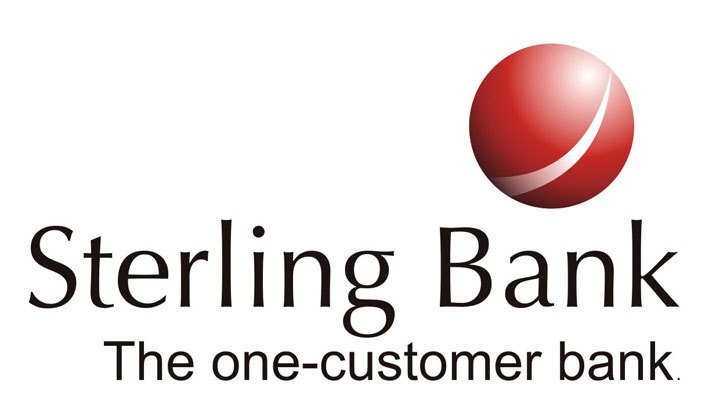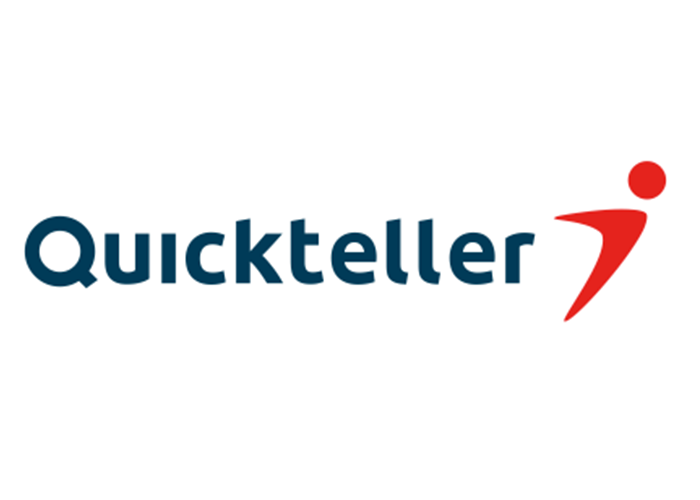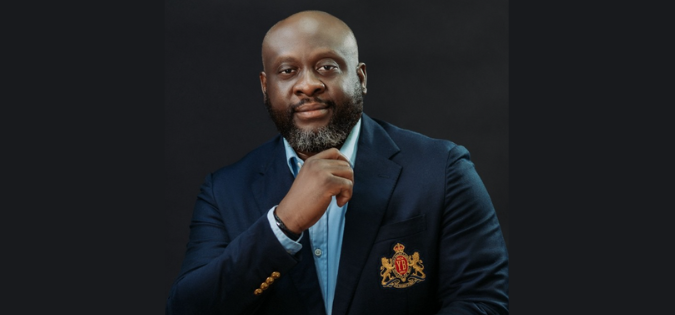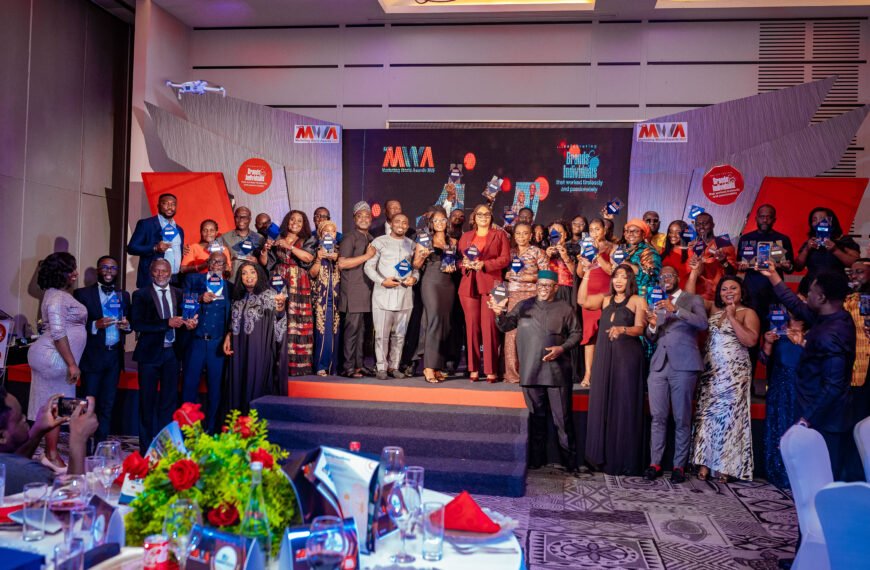A year ago I had an opportunity to pitch a 360° rebrand for a big TV channel brand in collaboration with an agency called Pink Pixel.
If you’re an avid watcher of television or go on the internet a lot you’ve noticed that brands don’t stay the same, they always have to recreate themselves to stay relevant and engaging to maintain a feeling of newness and freshness with its intended target market.
Mobile networks and TV channels also rebrand themselves to meet new business objectives.
There are many reasons for a channel or a brand to do a 360° rebrand. It’s either to establish dominance in its market or to cover new ground or to reinvent themselves so it can connect with its audiences in better and innovative ways.
So how do you rebrand for a TV channel or a brand?
Diagnose the brand challenges/problems and uncover objectives
The brief was to come up with a new brand positioning, a brand a new tagline and a brand new look for the website, social media, print and digital platforms.
Research brand USPs, values and competitive landscape
Before you do a rebrand, find out what the brand has done before, research the brand. What were its biggest wins? What were its losses? What does it do really well? What does it lack? And look at the competitive landscape. Who are its competitors? What’s the difference between the brand and its competitors? What makes it stand out? And how does it engage with its target market?
After gathering all that research, I had to define who its target market is and develop target market profiles – from the channels they watch to the social media platforms they use, etc.
Define brand problem and brand goals
I had to try and solve a problem for the client, which was to develop a clear local brand identity for the channel so it could resonate better with local audiences.
I also had to find out what its unique selling point is. Whenever you do something for a brand whether it’s an ad or a video you have to find out what the unique selling points are.
Prescribe strategic creative solutions
The creative solutions came from my conclusion that it could no longer recognise the supremacy of its presence in Africa.
To remain relevant and top of mind, it needed to be more interactive with the audience. So I looked at its competition, the different channels in the landscape and what the competitors did not have.
I delved into the brand more in terms of defining who its target market is; its demographics and what its personalities are and I developed three different target market profiles.
Then the first thing I had to unpack was its mission – its vision and brand image.
I also had to work on a new repositioning statement and tagline that would reinforce its brand values. All the brand engagement points and platforms have to reinforce this communication, it has to have the same voice, tone and communication style.

Prescribe a social media strategy
I looked at different social media platforms that it needs to engage in – from Twitter to Instagram.
Develop a social media strategy that is unique to the brand and each platform because the way users interact on Twitter is not the same as Facebook, Instagram or Snapchat.
I looked at how its website could be improved and pushed the idea of having a mobile app. I suggested brand ambassadors for the channel, event sponsorships – these are all different touchpoints that it could actually change and engage in to have a successful rebrand.
Prescribe a strategy driven by design solutions
After coming up with this strategy, I had to create unique channel imaging that would reflect the brand’s colour and tones. I came up with a bunch of primary and secondary colours inspired by its current look.
Each brand or business is different from an online store to a physical store. A service-based business has its unique ways to communicate with customers.
Prescribe design style guide
In this case, I had to develop new on-air channel imaging and channel imaging tools – these are tools the brands uses to interact and communicate with the audience on air.
I created a style guide that defined what the look of the brand is – from how its promos would look like on-air.
I developed IPIs. If you don’t know what an IPI is, it is a little graphic that plays at the top of a screen when you’re watching a show it will pop up and say you’re watching show X or show Y.
Then I developed a new look to its PG keys. PG keys are basically are graphic elements that play before a programme to tell you if the show has violence, sex or nudity those type of things. I developed different types that are differently colour-coordinated to showcase the tone of the show that you’re about to watch.
Create content that reinforces brand values
Another thing that you have to think about when you’re doing a rebrand is to create content that reinforces the brand values and the brand goals and what the brand aspires to be.
Brand stories would be 0 to 15-second little promos that would feature the various characters that you would see in different shows – people that the audience aspires to be and people that look like the audience.
All these different brand stories items would have different taglines that are inspirational/aspirational and also reinforce the new brand positioning.
Develop a brand piece or TVC
Another solution was to have a brand piece that would showcase the greatness of the channel and the content of the channel.
If you don’t know what a brand piece is, a brand piece is a piece of content that a TV channel or a brand will have that will showcase the different aspects of the channel or brand in a big way.
Develop print campaigns
I also designed its print campaigns for new shows. This goes back to how the channel looks on-air. This will be reiterated again across on the print campaigns whenever it has a new show.
I also came up with a solution that would echo across its social media – from its Facebook account to its website and down to its Twitter account.

Develop new tagline
All this brought us to the creative solution and new tagline.
This would be a powerful statement that would reestablish the brand in the market as a leader as a force to be reckoned with, backed up by the new creative look and design and content that would reinforce this idea.
So those are the things that you need to think about when you’re doing a 360° rebrand for a business or brand.

